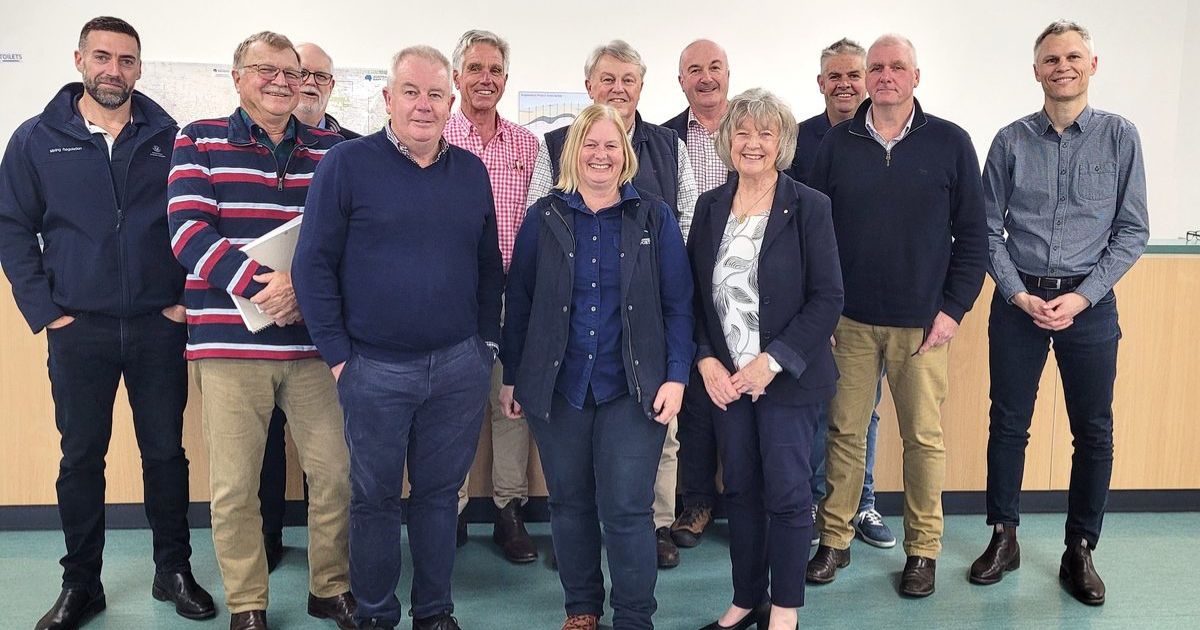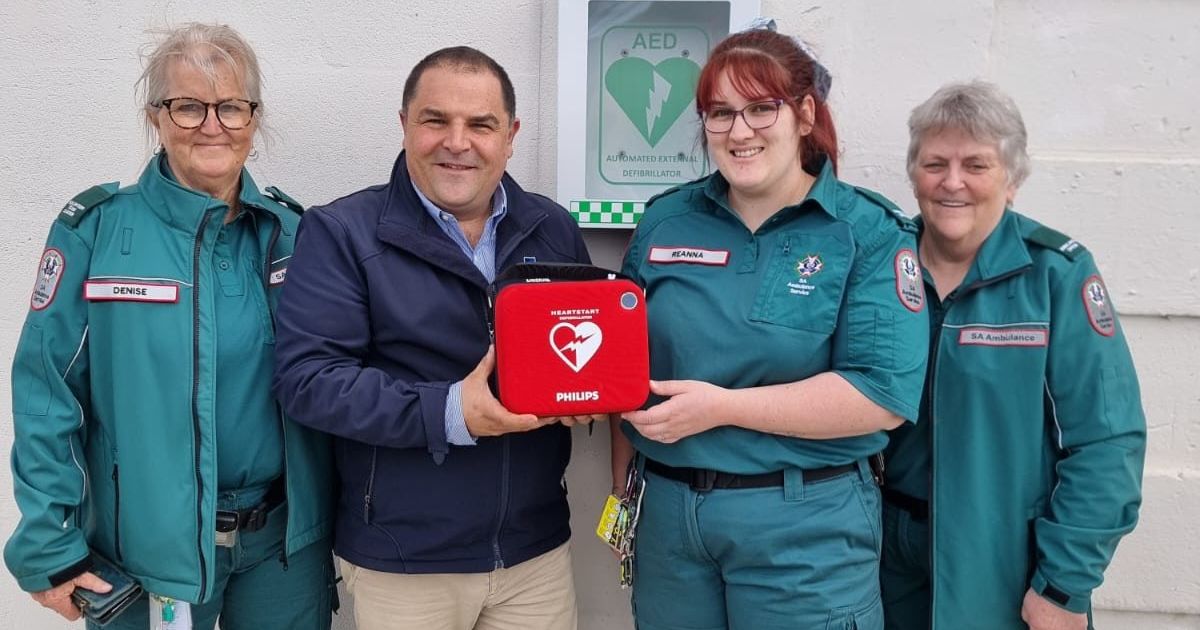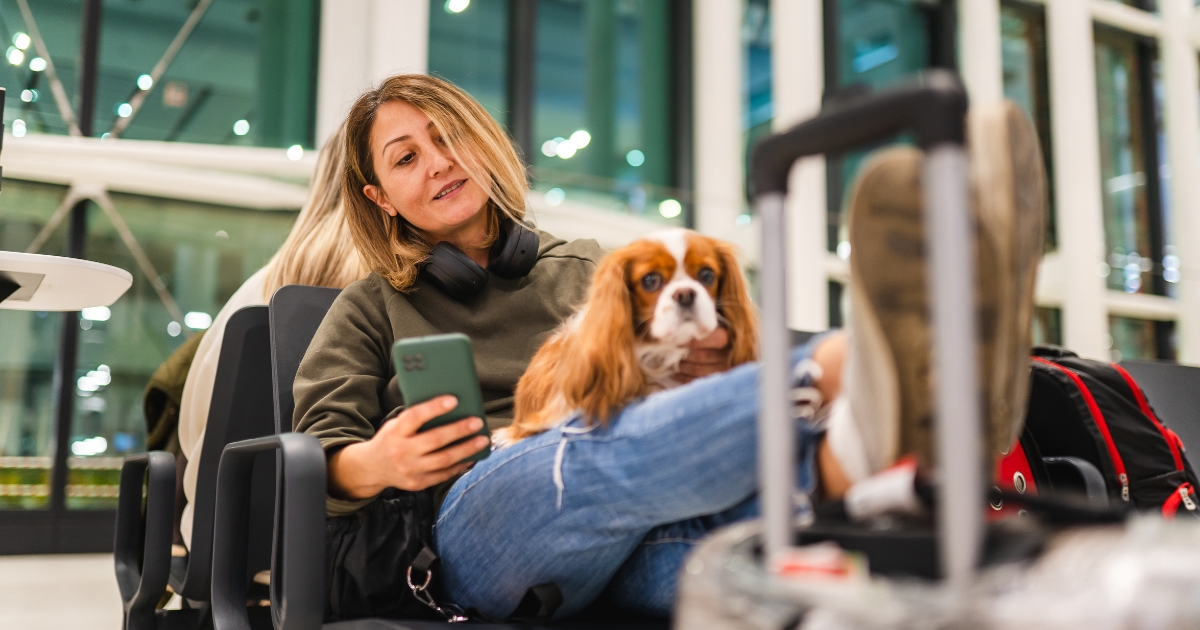Still work to be done
Member for Mount Gambier Troy Bell, who was one of the first passengers to take the inaugural Qantas Q400 flight from Mount Gambier to Adelaide on Monday and while he welcomed the upgrading of the service, he strongly believes there is still work to be done.
“It was a great experience and any investment in new aircraft for regional areas is to be commended, and the Q400 certainly made for a more comfortable and quicker journey,” Mr Bell said.
“With seating capacity now increased to 78 passengers per flight, I look forward to seeing those seats filled and, hopefully, a reduction in fares over time.
“Now, the focus must be on increasing passenger numbers, which will help drive better scheduling. Ideally, I’d like to see both airlines return to daily flights to Adelaide and Melbourne, ensuring more convenient travel options and competitive pricing for residents, businesspeople, and tourists visiting our region.”
Mr Bell, in fact, tackled scheduling in a grievance speech on Tuesday afternoon, ensuring his parliamentary colleagues understood the importance of reliable, affordable regional air travel.
“Many Mount Gambier residents need to travel to Adelaide, whether it be for medical appointments, business, sporting events or visiting family and friends. With a distance of 444km, it isn’t always practical for people to drive the 10 hour round trip and flying is the most convenient option,” Mr Bell said.
“Yesterday, Qantaslink head of flying operations Nick Collie, visited Mount Gambier on the first landing of the Qantas Bombardier Dash 8-Q400 aircraft, which is replacing the previous Q300 for all Qantas flights to and from the region.
“The new aircraft are 30 per cent faster and have a larger capacity, seating 78 passengers compared to the previous 50. Following the arrival, I had the opportunity to travel on the new aircraft back to Adelaide.
“Qantas began as a regional airline over 100 years ago so it is pleasing to see this investment into modern aircraft for our regional route, however I can only hope that this leads to an increase in services.
“Many people, in particular those travelling for business or medical appointment, often need to be in Adelaide by 9 a.m. and return home the same day. Currently, Mount Gambier is serviced by REX Airlines, which operates flights two or three times a day to both Adelaide and Melbourne, and Qantas, which offers just three flights a week to Adelaide. This level of service is not enough for South Australia’s second-largest city.
“ We need two airlines offering daily flights to Adelaide and Melbourne to create competition, drive down costs, and ensure high-quality service. It’s also crucial to hold airlines accountable for providing affordable and reliable travel options for regional residents.
“Earlier today, I checked flights from Adelaide to Melbourne for tomorrow. I had three airlines to choose from, all offering morning departures and evening returns, with fares ranging from $300 to $350. In contrast, the one and only available option from Mount Gambier to Adelaide was around $600, almost double the cost.
“It is just not viable for many residents to pay these prices, which leads to a decrease in passenger numbers, then a decrease in services and so the merry go round continues.
“Rex’s financial struggles are well known, and I commend the Federal Government for stepping in to provide regional communities with reassurance that these services will continue.
“Now, we need to take the next step. We must remove excessive barriers for airlines and airports and explore incentives that encourage increased services. This is even more timely with the additional security requirements looming for Mt Gambier airport that could add an additional $50 to departing passengers ticket price.
“Reliable, affordable air travel isn’t a luxury, it’s a necessity for regional South Australia. Mount Gambier residents shouldn’t have to choose between paying exorbitant fares or enduring a 10-hour round trip by car just to access essential services, business opportunities, or visit loved ones.
“The current flight schedules and pricing are simply not sustainable. Without competition and better service frequency, we risk isolating regional communities and limiting economic growth. With new aircraft being introduced, now is the perfect opportunity for airlines, government, and stakeholders to come together and commit to real, long-term improvements.”



















